Flip chips are a common feature on modern full-suspension mountain bikes (and some gravel bikes), but it might not be immediately obvious to you what they do.
They are often located in the shock mount or seatstay link, depending on the suspension design.
These small inserts enable you to adjust the bike’s geometry between multiple pre-determined settings.
Let's take a closer look at flip chips, the pros and cons of using them, and whether you should get a mountain bike with flip chips. We'll also take a detour into the use of flip chips on gravel bikes.
What adjustments do flip chips offer?
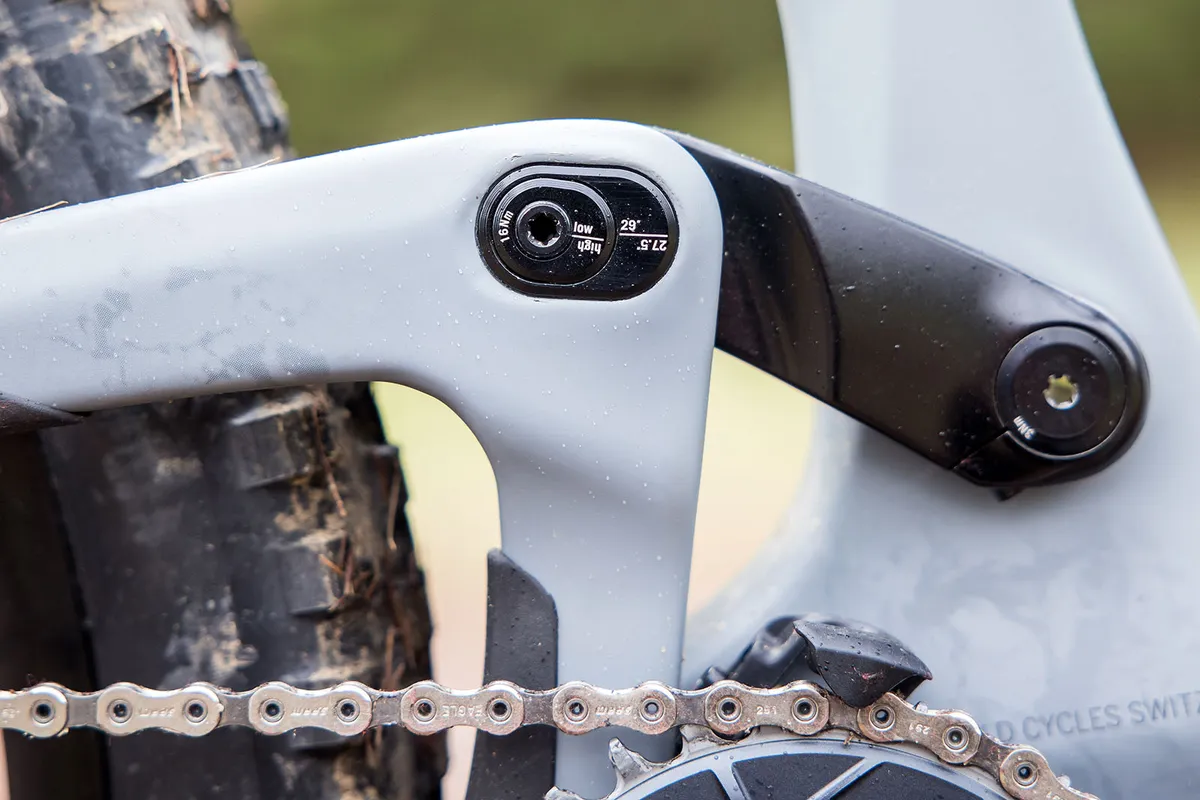
The majority of flip chips found on full-suspension mountain bikes give the rider a choice between two or more geometry settings. However, the adjustment offered is often relatively minor in the context of the bike’s overall figures.
Typically, they can:
- Steepen or slacken the head and seat angle by between 0.2 and 1 degree
- Lengthen or shorten the chainstay and wheelbase by 5-15mm
- Raise or lower the bottom bracket by 5-15mm
These adjustments often have knock-on effects for other geometry figures. That means flip chips can’t be used to tweak specific values independently.
Mountain bike flip chip pros and cons
Pros
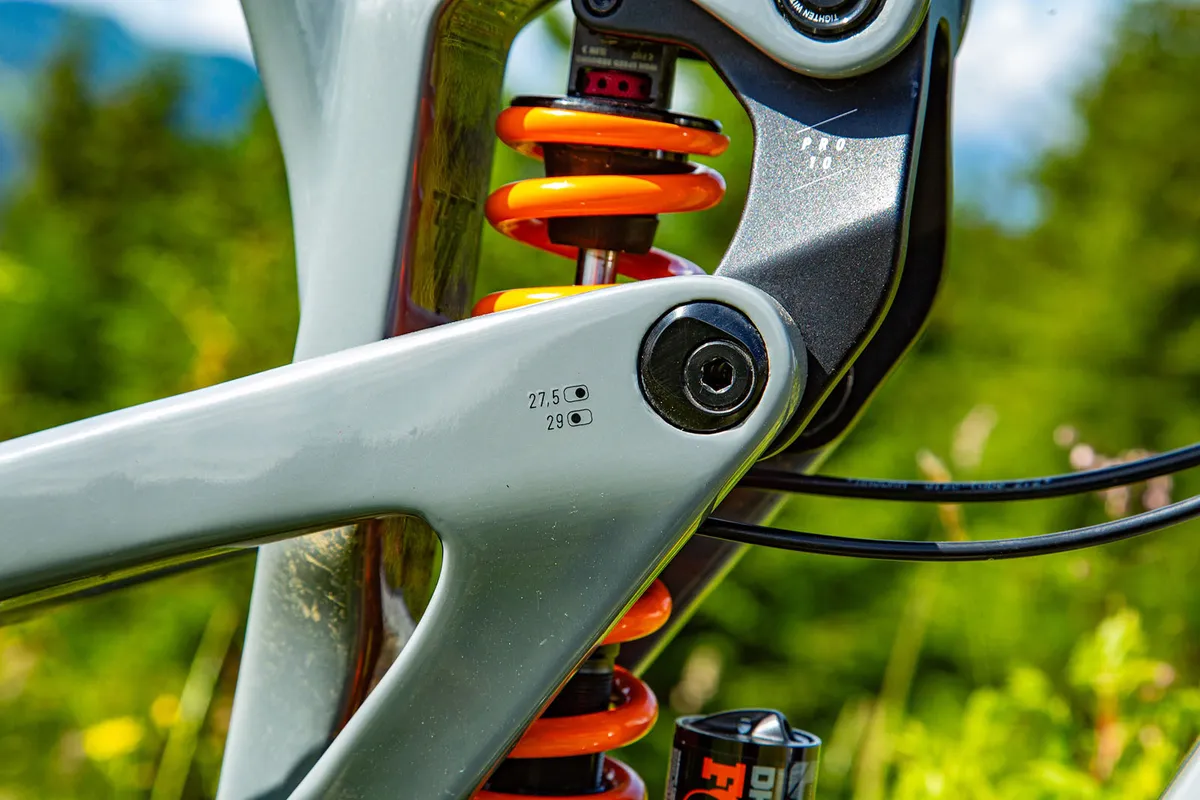
They help you find your preferred position
Although the adjustment offered by a flip chip is often no more than half a degree, or a couple of millimetres, there’s no denying flip chips do what they claim.
Switching between multiple geometry settings enables you to find your preferred position and tweak the bike to suit different terrain or riding styles.
They require no additional maintenance
Other than the occasional grease, flip chips require no additional maintenance. They also add very little weight or complexity to the bike, making them a very low-impact addition.
Some flip chips can adjust suspension kinematics
Some flip chips can also tweak the suspension kinematics of a frame, although these are less common. Often offering a choice between several levels of progression, these flip chips are useful for heavier riders wanting more bottom-out resistance, or those intending to run a coil shock.
Cons
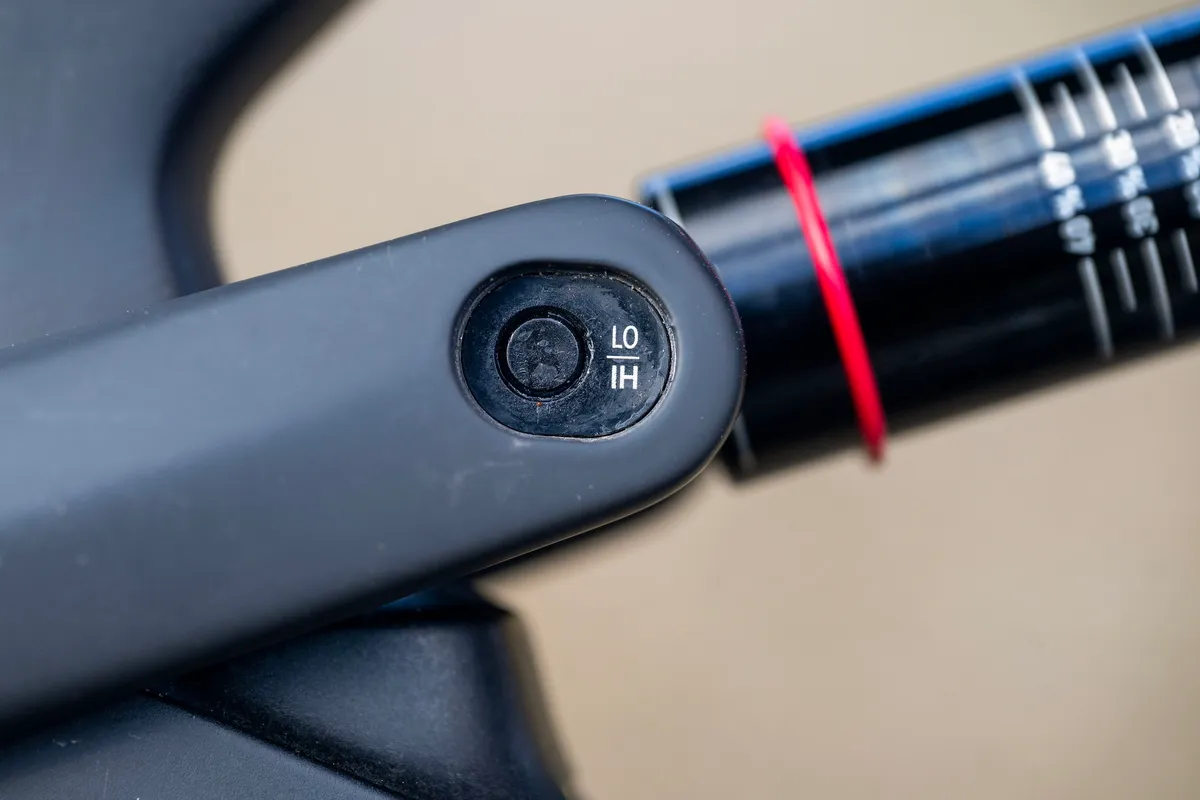
Flip-chip adjustments are often minor
How much difference half a degree in the head angle or 5mm in the reach really makes will depend on your needs. Mountain bike geometry tends to be pretty spot-on, so some argue flip chips are more of a gimmick than a real benefit.
They don’t offer true on-the-fly adjustment
The adjustment usually isn’t a trail-friendly affair, often requiring small bolts to be removed. This limits the on-the-fly usability of the feature and means you have to choose your flip-chip position before you leave your garage.
They don’t isolate specific adjustments
Most flip chips don’t isolate specific geometry adjustments and instead have a knock-on effect on all of the key metrics of a bike’s geometry.
This means that, for example, you can’t steepen your bike’s seat angle without also steepening the head angle, lengthening the reach and raising the bottom bracket.
Chainstay-length adjustments – mainly found in the dropouts – have minimal effects on the rest of the bike’s geometry.
So, should you get a mountain bike with flip chips?
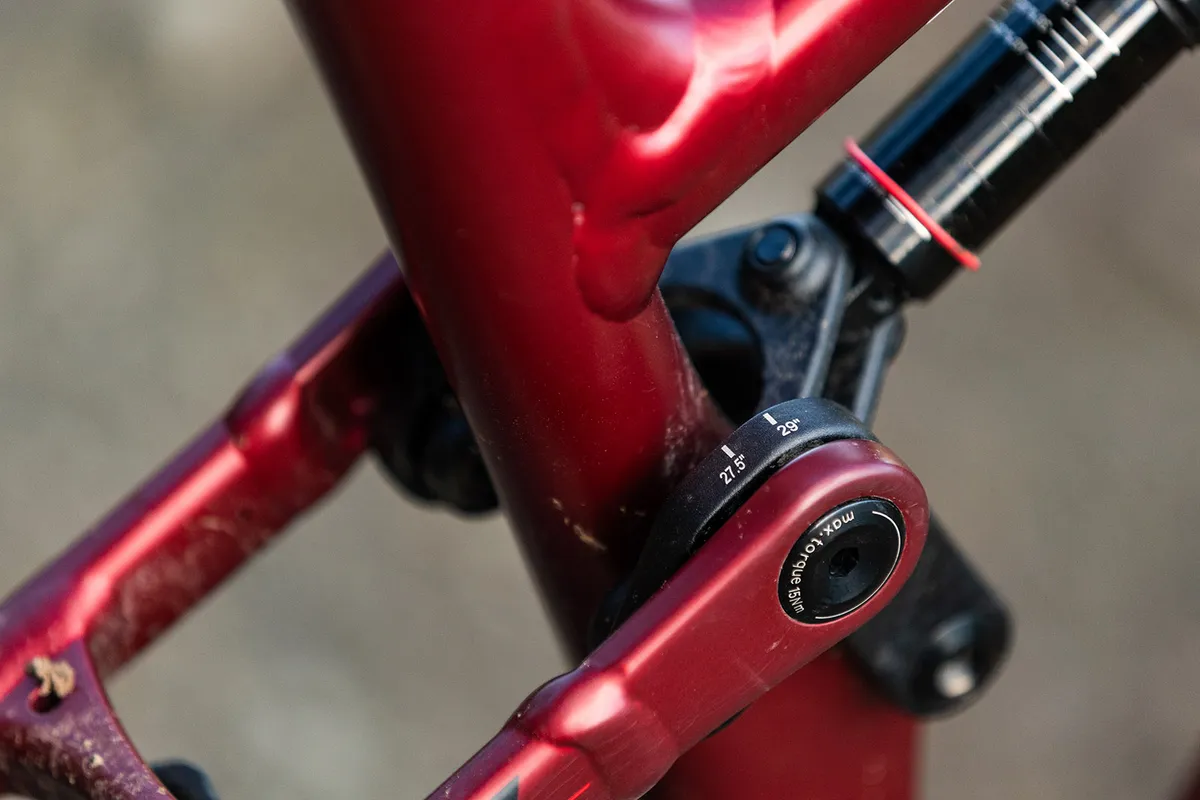
A flip chip isn’t a feature that will make or break a good mountain bike.
While some argue they offer only minor adjustments and are more of a gimmick than a real, usable feature, it’s impossible to deny that they work.
They also don’t add any weight, maintenance or complexity to the bike, and as they come as standard, they don’t cost you anything extra as a rider.
So, whether or not your next bike should have a flip chip is up to you. Do you want to choose between multiple geometries, or are you happy to ride your bike with the stock geometry it was designed with?
What other ways are there to adjust my bike’s geometry?
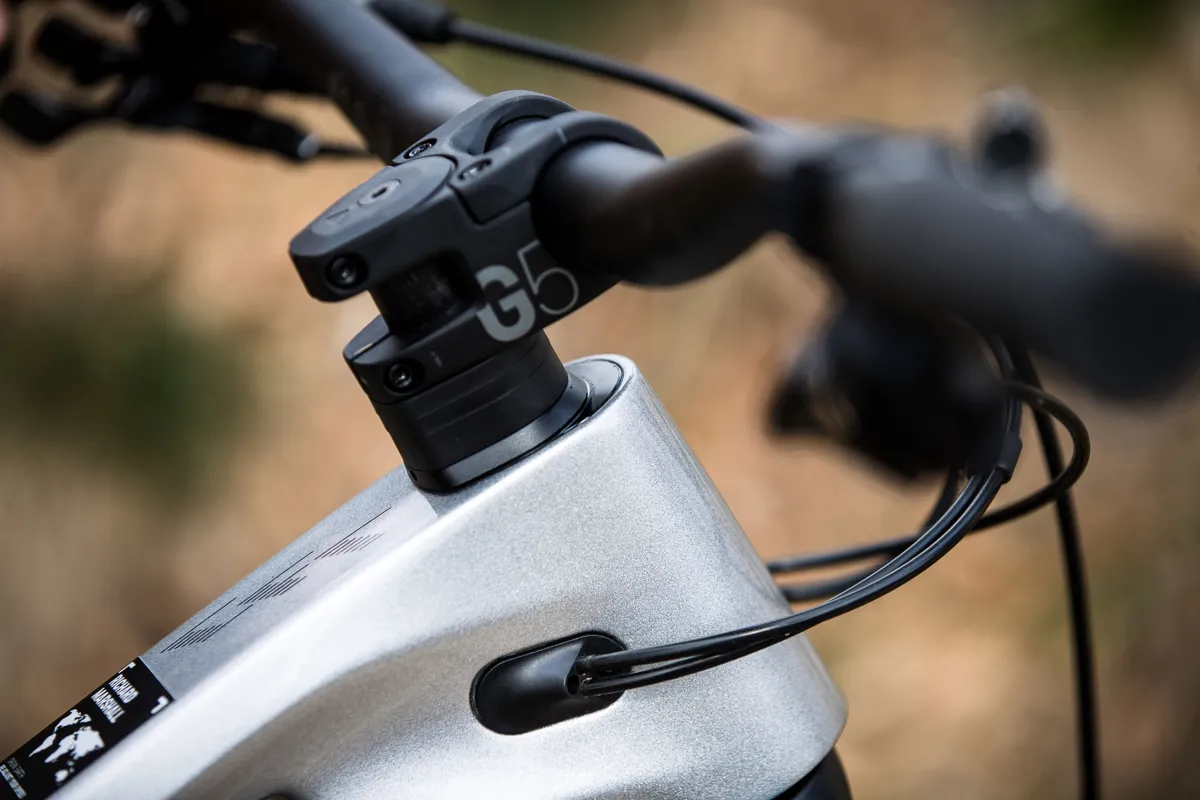
There are multiple ways to adjust your mountain bike's geometry.
Geometry-adjust headsets offer reach and head-angle adjustments.
Aftermarket offset shock bushings can also slacken or steepen head or seat angles.
Like most forms of geometry adjustment, headset angle cups and offset bushings interact with other geometry figures.
Wait – what about gravel bikes with flip chips?
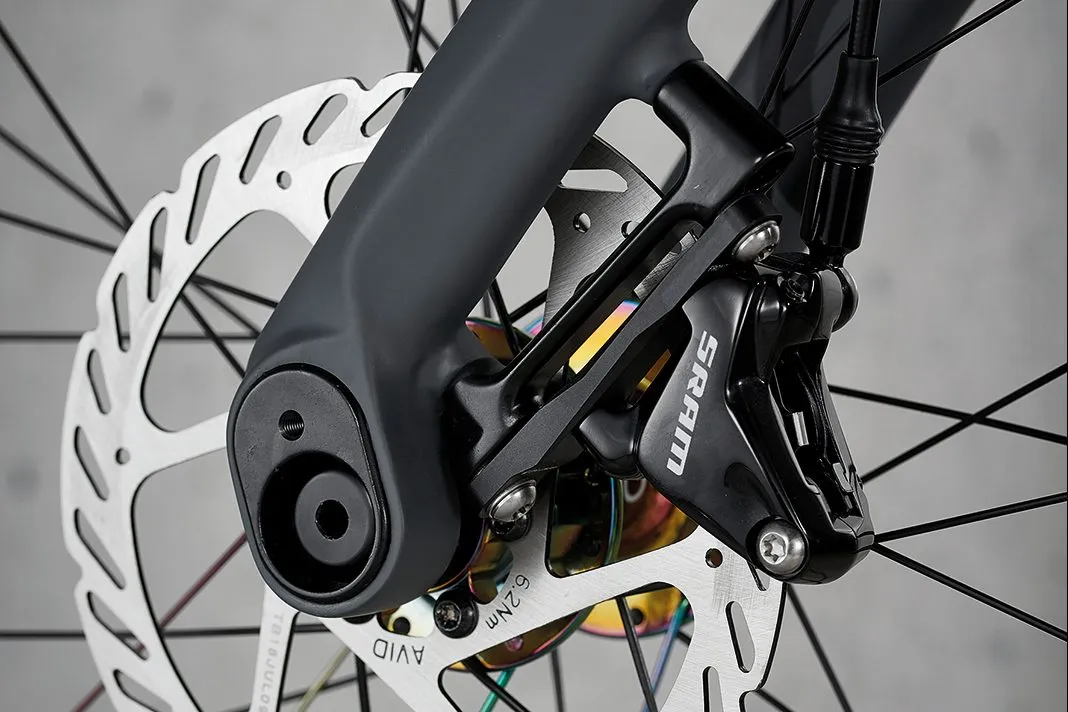
Flip chips aren’t exclusive to mountain bikes. Some gravel bikes, such as the Rondo Ruut and Cervélo Rouvida, also feature flip chips.
Gravel bike flip chips are mostly found in the fork dropouts, adjusting the bike’s trail measurement. Trail refers to the distance between the front contact patch and the steering axis when measured at 90 degrees to the steering axis.
A longer trail measurement equals more stable but heavier steering. This could help to make a gravel bike more capable on rougher, faster singletrack.
